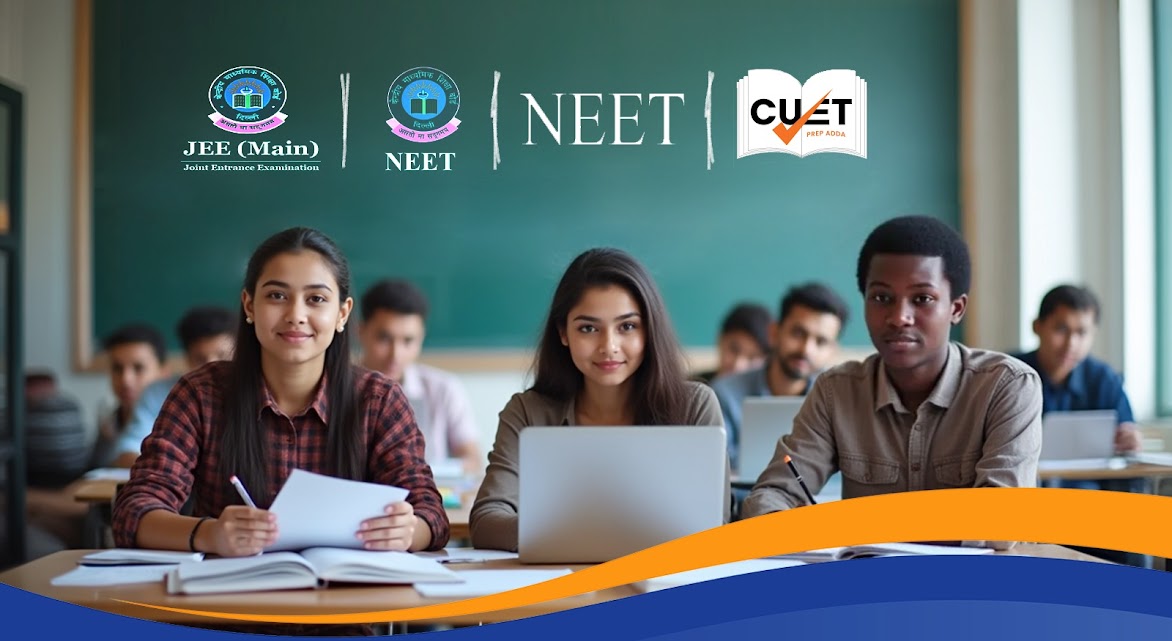
Online learning has transformed the educational landscape, offering accessibility, flexibility, and affordability to students worldwide. As technology advances, online education is evolving to meet the needs of learners and educators alike. The integration of artificial intelligence (AI), virtual reality (VR), and personalized learning is reshaping the way knowledge is delivered. In this blog, we will explore key trends and innovations shaping the future of online learning.
Artificial Intelligence (AI) is revolutionizing online learning by personalizing education and making it more efficient.
AI-driven platforms analyze student performance and tailor content accordingly. These adaptive systems identify strengths and weaknesses, offering customized learning paths for each student. Platforms like Coursera and Udemy use AI algorithms to recommend courses and resources based on user preferences and past learning behaviors.
AI-powered chatbots provide real-time assistance, answering student queries and offering feedback on assignments. Virtual tutors, such as IBM’s Watson and Google's AI learning assistants, make learning more interactive and efficient.
AI can grade assignments, quizzes, and even complex essays using machine learning algorithms. This automation reduces workload for educators, allowing them to focus on personalized mentoring rather than administrative tasks.
VR and AR technologies are making online education more immersive, allowing students to engage with subjects in innovative ways.
VR-powered classrooms simulate real-world experiences, enabling students to engage in practical learning. For example, medical students can perform virtual surgeries, while engineering students can work with 3D models of machines.
AR applications enhance textbooks and online resources by overlaying digital content on physical materials. For example, AR-powered apps can bring historical events to life or provide interactive anatomy lessons.
VR-based group projects enable students from different locations to work together in virtual spaces, promoting collaboration and teamwork across borders.
Online education is shifting toward customized learning experiences tailored to individual needs and preferences.
Unlike traditional classrooms, online courses allow students to learn at their own pace. Learners can revisit lectures, skip ahead, or spend extra time on challenging topics.
Microlearning involves breaking down complex topics into short, focused modules. This approach improves retention and engagement, making learning more efficient for busy professionals and students.
Gamification elements, such as badges, leaderboards, and interactive quizzes, make learning more engaging. Educational platforms like Duolingo and Kahoot! use gamified strategies to keep learners motivated.
Blockchain technology is transforming online learning by offering secure and verifiable credentials.
Blockchain ensures that academic certificates and transcripts are secure, preventing fraud and unauthorized modifications. Universities like MIT and Harvard are already using blockchain to issue digital diplomas.
Blockchain-based platforms provide a transparent and decentralized system where learners can access verified credentials without relying on traditional institutions.
Smart contracts enable automated course payments, ensuring that students and instructors receive fair compensation without intermediaries.
While online learning has grown rapidly, hybrid models combining online and offline education are becoming more popular.
Hybrid learning combines face-to-face instruction with digital resources, offering the best of both worlds. Students can attend physical classes while accessing online lectures, assignments, and discussions.
Institutions are adopting hybrid models where students can choose between in-person and online learning, depending on their schedules and preferences.
Many companies now offer hybrid training programs for employees, combining online modules with hands-on workshops to improve skill development.
With the advent of 5G, online education is set to become even more seamless and accessible.
5G technology ensures lag-free video lectures, enabling students to access high-quality content from anywhere in the world.
5G networks expand internet accessibility in rural and underserved regions, allowing more students to benefit from online education.
Faster internet speeds enable real-time collaboration, interactive simulations, and live-streamed experiments in various fields of study.
The future of online learning is dynamic, driven by technological advancements and evolving educational needs. AI, VR, blockchain, and 5G are transforming the way we acquire knowledge, making education more personalized, immersive, and accessible. As the demand for flexible learning solutions grows, online education will continue to innovate, empowering students and professionals worldwide.
Whether you are a student, an educator, or a lifelong learner, embracing these trends will enhance your learning experience and open new opportunities for growth. The future of education is here—are you ready to be a part of it?
.jpg)







.jpg)
